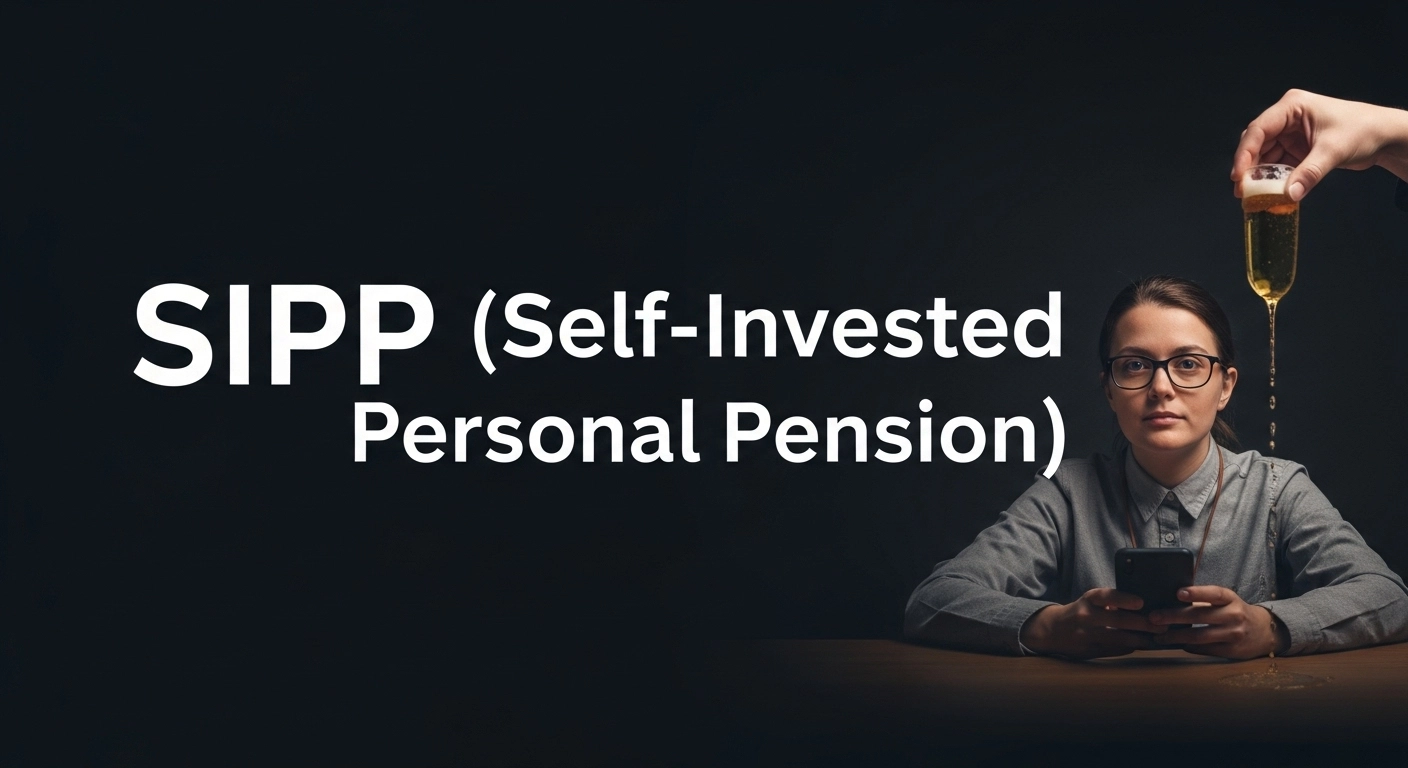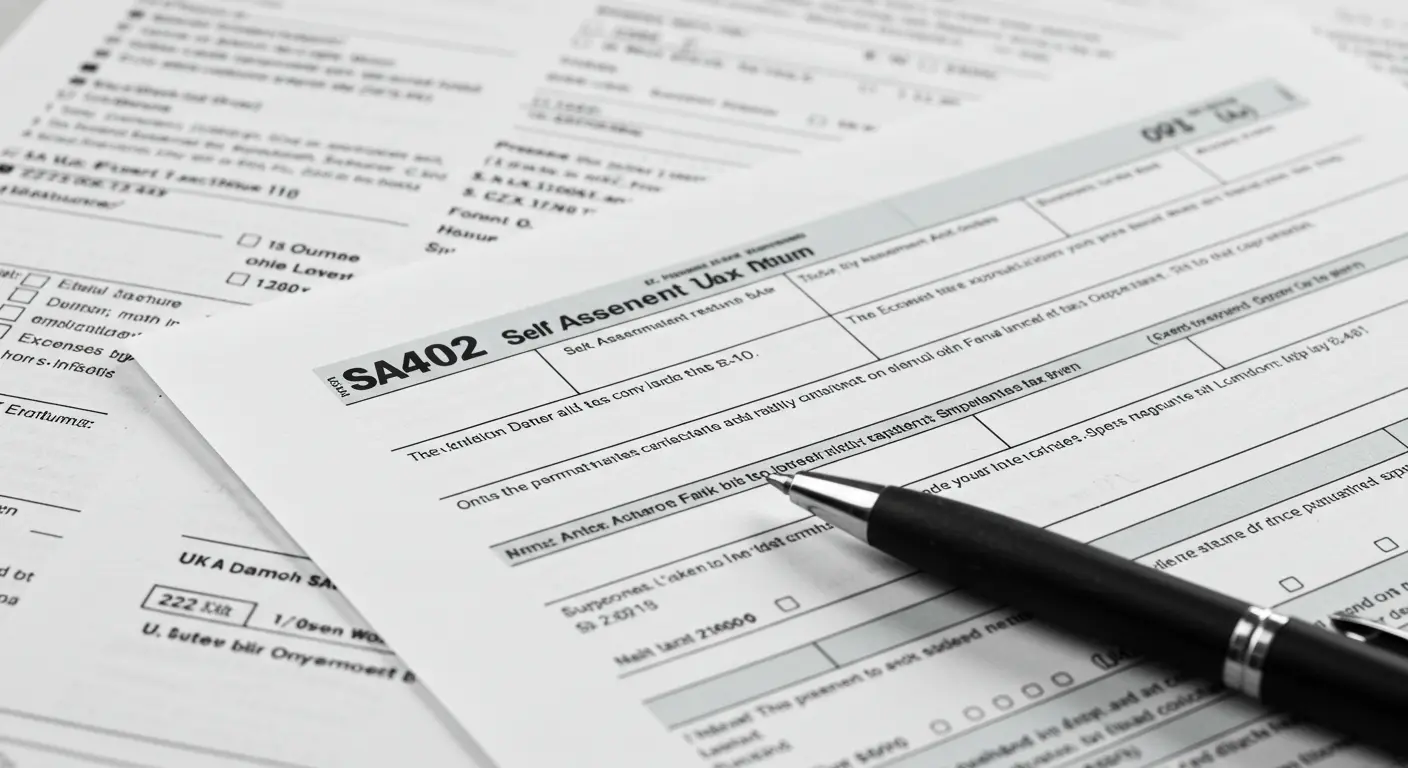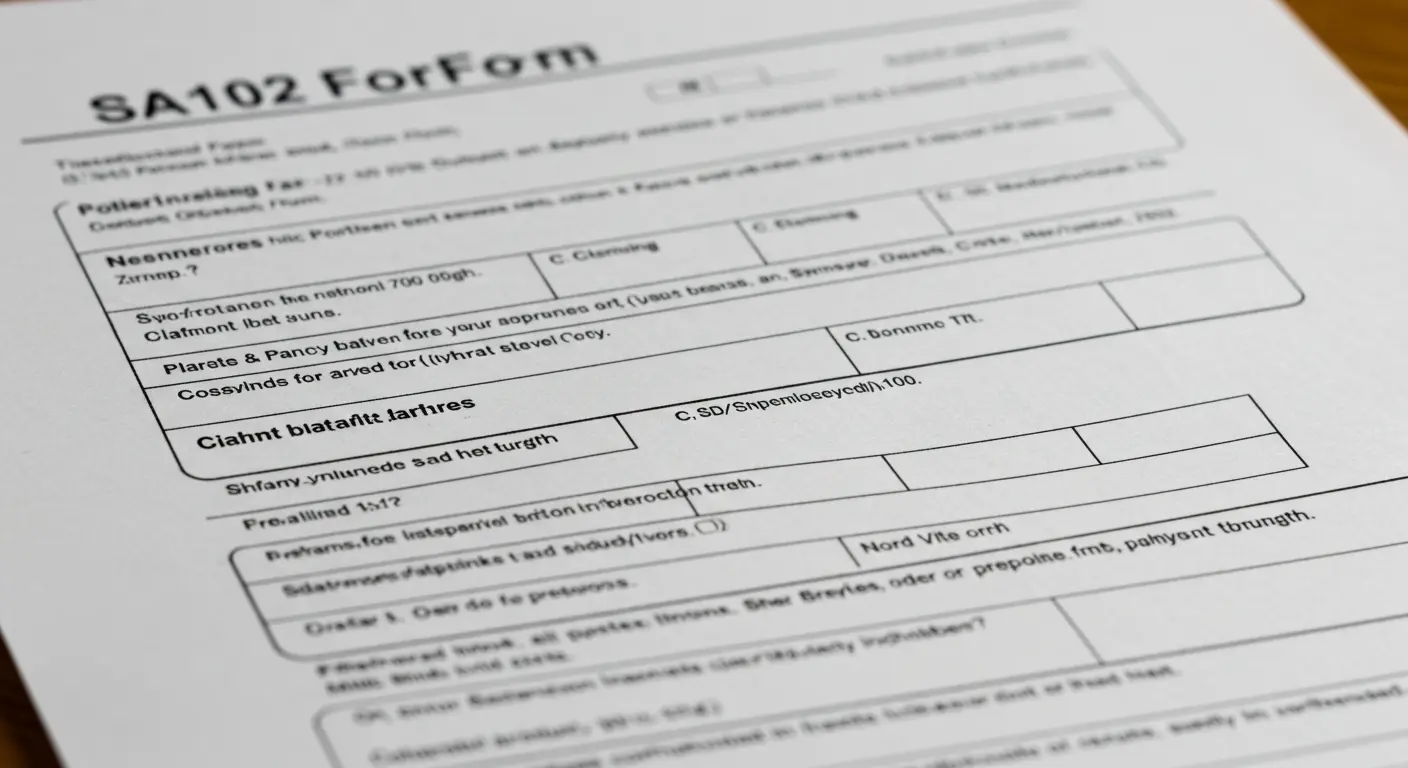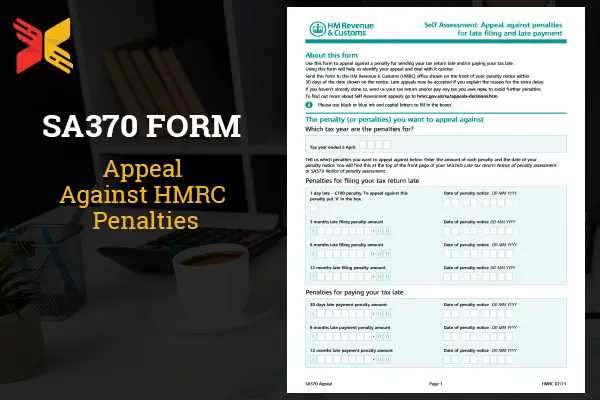What Is a SIPP?
A Self-Invested Personal Pension (SIPP) is a type of UK pension plan that offers you greater control over where your retirement savings are invested. Unlike standard pension schemes, where the provider decides your investment options, a SIPP allows you to choose from a wide range of assets such as shares, funds, bonds, and even commercial property. It’s essentially a flexible pension wrapper designed for people who want to manage their own retirement investments or work with an adviser to create a tailored portfolio.
In the UK pension system, SIPPs operate under HMRC rules, meaning contributions qualify for tax relief based on your income tax rate. Your funds remain invested until you choose to withdraw them, typically from the age of 55 (rising to 57 in 2028). This makes SIPPs an attractive option for individuals seeking flexibility, tax efficiency, and the potential for higher growth.
How Does a SIPP Work?
Opening a SIPP begins with selecting a provider. Once your account is set up, you can fund it through regular contributions, lump sums, or transfers from other pensions. Your provider holds your investments within the SIPP, acting as the trustee, while you decide how the money is allocated.
You have the freedom to select investments that match your risk appetite and retirement goals. This means you could choose safer, lower-risk assets if you want stability, or aim for higher returns with equities and growth funds. The key difference from traditional pensions is the control you have over investment decisions.
Why Choose a SIPP?
The main reason people choose a SIPP is flexibility. Traditional pension plans often limit your investment choices, while SIPPs give you access to a much wider market. This means you can align your retirement plan more closely with your financial strategy and adapt it as your circumstances change.
A SIPP can also be more cost-effective if you prefer to manage your investments yourself, avoiding the management costs of a fully administered pension. However, this flexibility comes with responsibility poor investment decisions can impact your retirement income.
Who Can Invest in a SIPP?
SIPPs are suitable for individuals who:
- Have experience with investing or work closely with a financial adviser.
- Want control over their pension investments.
- Are comfortable making decisions about asset allocation.They may not be ideal for people who prefer a hands-off approach or have little investment knowledge. In such cases, a simpler personal or stakeholder pension might be more suitable.
What are the main Benefits of SIPPs?
1. Wide Investment Choices
With a SIPP, you can invest in almost any asset type. This includes unit trusts, investment trusts, exchange-traded funds (ETFs), individual company shares, bonds, and even commercial property. These options let you build a more personalised and diverse portfolio. Some investors also use SIPPs for structured products, overseas property, or even private equity, allowing for more advanced strategies. You can directly own shares, take part in rights issues, and enjoy shareholder perks. This level of control is especially appealing to experienced investors.
2. Full Control Over Your Portfolio
You decide when and where to invest. You can take advantage of market changes, use different strategies, and adjust your investments based on your understanding. SIPPs also allow you to invest globally, including in emerging markets, and manage currency exposure if needed.
If you know certain industries well, like technology, healthcare, or energy, you can focus your investments there. This flexibility lets you shape your portfolio around your strengths.
3. Tax Benefits
SIPPs come with generous tax relief.
- Higher-rate taxpayers can get 40% relief, and additional-rate taxpayers can get 45%.
- Your investments grow without paying capital gains tax or income tax.
- There’s no inheritance tax on SIPP funds.
You can also take up to 25% of your pension pot tax-free when you start drawing benefits. The rest can be taken as taxable income when you need it. This flexibility makes SIPPs a powerful tool for tax planning.
4. Easy Pension Consolidation
You can move multiple pensions, like old workplace or personal pensions, into one SIPP. This makes your retirement savings easier to manage and often reduces fees.
Having everything in one place means:
- One platform to monitor your investments
- One set of reports
- One clear strategy
It also reduces the risk of forgetting about small pension pots from past jobs.
How Much Can You Contribute to a SIPP?
The annual allowance for pension contributions is £60,000 or 100% of your yearly earnings, whichever is lower. This includes contributions from both you and your employer. High earners may face a reduced allowance under the tapered annual allowance. If you’ve already accessed your pension under the money purchase annual allowance (MPAA), your limit may fall to £10,000 per year. Always check HMRC guidelines for your circumstances.
What Can You Invest in Through a SIPP?
SIPPs can hold a wide range of assets, including:
- UK and overseas shares.
- Investment funds such as unit trusts and OEICs.
- Exchange-Traded Funds (ETFs).
- Corporate and government bonds.
- Commercial property.Not all providers offer access to every type of investment, so check the list of allowable assets before opening your account.
When and How Can You Withdraw from a SIPP?
You can access your SIPP from the age of 55, but this will increase to 57 from 2028. When you begin withdrawals, you can usually take up to 25% of your pension pot tax-free. The remaining balance is taxed as income at your marginal rate. You can choose between:
- Flexi-access drawdown: Keeping funds invested while taking an income.
- Uncrystallised Funds Pension Lump Sum (UFPLS): Taking lump sums directly from your SIPP.SIPP Charges and Fees
SIPPs may have:
- Annual management fees: A percentage of your pension value or a fixed fee.
- Trading fees: Charges for buying and selling investments.
- Transfer fees: Costs for moving your pension to another provider.Comparing fee structures is essential, as charges can have a significant impact on long-term growth.
SIPP vs Other Pension Types
SIPP vs Personal Pension: Personal pensions are simpler with limited investment options, ideal for those who prefer hands-off management. SIPPs offer wider choices but require more involvement.
SIPP vs Stakeholder Pension: Stakeholder pensions have capped charges and standardised features, making them easy to manage but less flexible than SIPPs.
Best SIPP Providers in the UK
The UK market offers a variety of SIPP providers, from large investment platforms to banks and insurance companies. They differ in charges, investment range, and online tools. While some cater to active investors, others are designed for those who prefer a guided approach. Always compare features before choosing.
Which Investment Strategies Are Most Effective for SIPPs?
Choosing the right investment strategies for your SIPP can make a big difference in the growth of your retirement savings. The best approach depends on your goals, risk tolerance, and how long you plan to invest. Here are some strategies that many investors find effective:
- Diversification
Spreading your money across different asset types, such as shares, bonds, property, and cash, can help reduce risk. If one type of investment performs poorly, the others may balance it out. - Long-Term Growth Focus
Investing in assets with long-term growth potential, such as equities, can be a good option if you have many years before retirement. While they may be more volatile in the short term, they often deliver stronger returns over time. - Regular Portfolio Reviews
Your portfolio’s performance can change over time. Reviewing your investments regularly and rebalancing when necessary helps keep your risk level and goals in line. - Low-Cost Investment Choices
Fees can slowly reduce your investment returns. Choosing low-cost funds or ETFs and avoiding unnecessary trading can help you keep more of your gains. - Matching Risk to Life Stage
When you are younger, you can take on more risk for higher potential returns. As you approach retirement, shifting to safer investments can protect your savings. - Staying Consistent
Avoid making quick decisions based on short-term market movements. A steady, disciplined approach usually works best for building wealth over time. - Seeking Professional Advice
If you’re unsure about your strategy, a qualified financial adviser can help you design a plan that suits your goals and comfort level with risk.
How to Open a SIPP
Step-by-step process:
- Research and choose a provider.
- Complete an application online or by post.
- Fund your account through contributions or transfers.
- Select your investments.Documents required:
- Proof of identity.
- Proof of address.
- Details of existing pensions (if transferring).
Is a SIPP Right for You?
A SIPP can be an excellent retirement planning tool for those seeking control, flexibility, and potentially higher returns. However, it’s not suitable for everyone. If you’re not confident managing investments or don’t have time to monitor them, a simpler pension type might be better.
Conclusion
As far as the Pensions Act allows, Self Invested Personal Pensions (SIPPs) offer the highest level of convenience and flexibility in planning a person’s retirement in the United Kingdom. Informed investors, who understand the advantages of tax benefits, investment independence, and flexibility in drawing benefits, are able to leverage SIPPs as powerful wealth accumulation tools.
SIPPs’ cost issues, complexity, and investment responsibility have not stifled the growth of the product. On the contrary, sophisticated investors eager to control their retirement outcomes are flocking to these products. Combined with the ability to devise tailored investment plans, the generous reliefs granted have compelling long-term benefits. Changes in regulations have removed the lifetime cap and granted pension freedoms. These changes, in addition to previous regulations, now allow for greater flexibility while retaining the benefits of tax saving, thus making pension saving more appealing while ensuring the pension’s value is safeguarded.
















